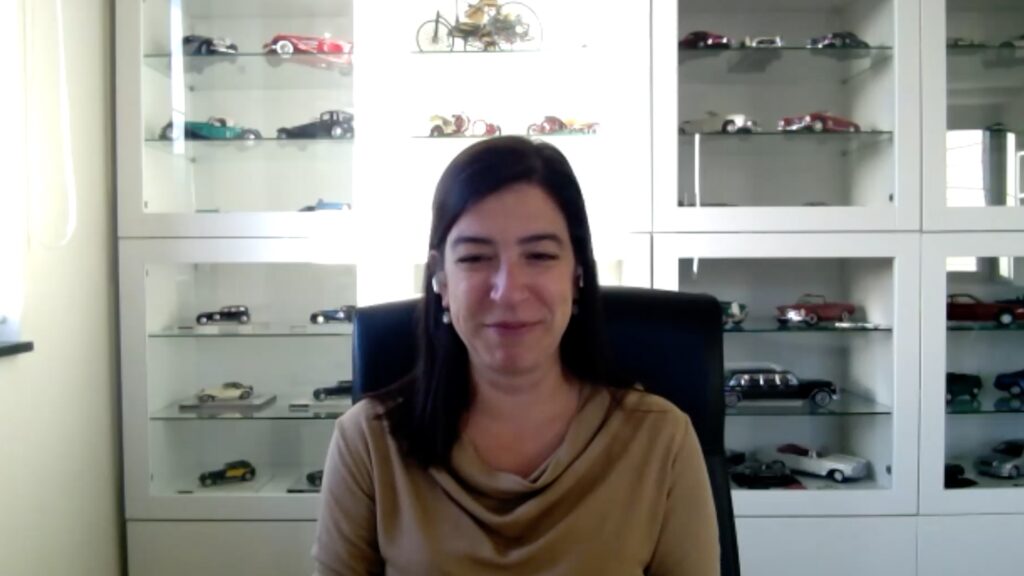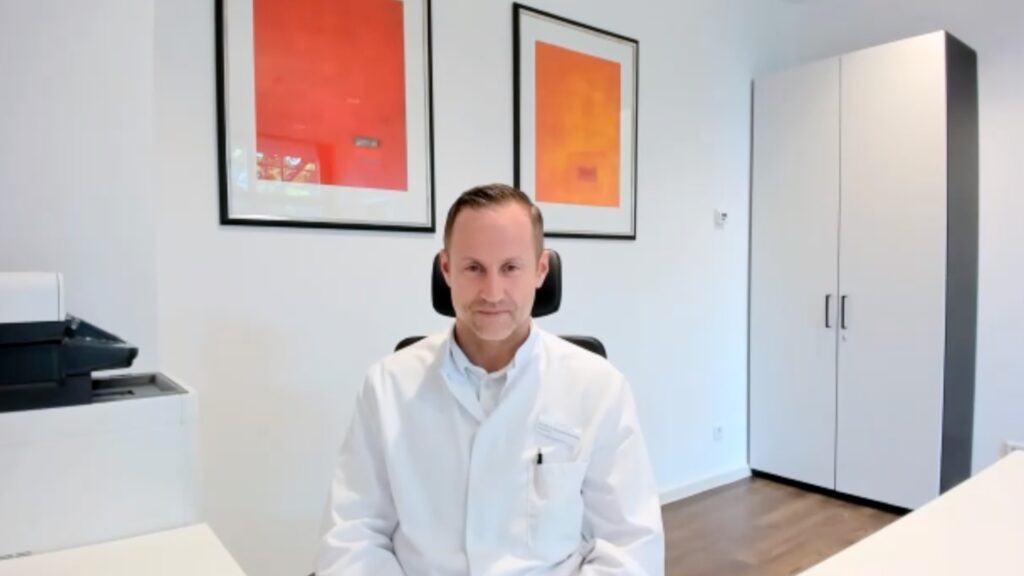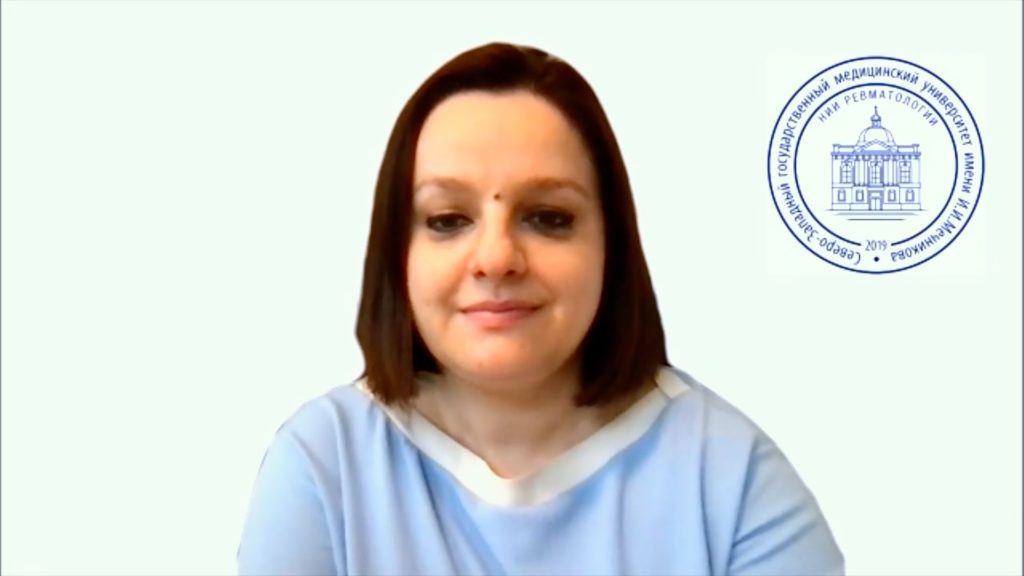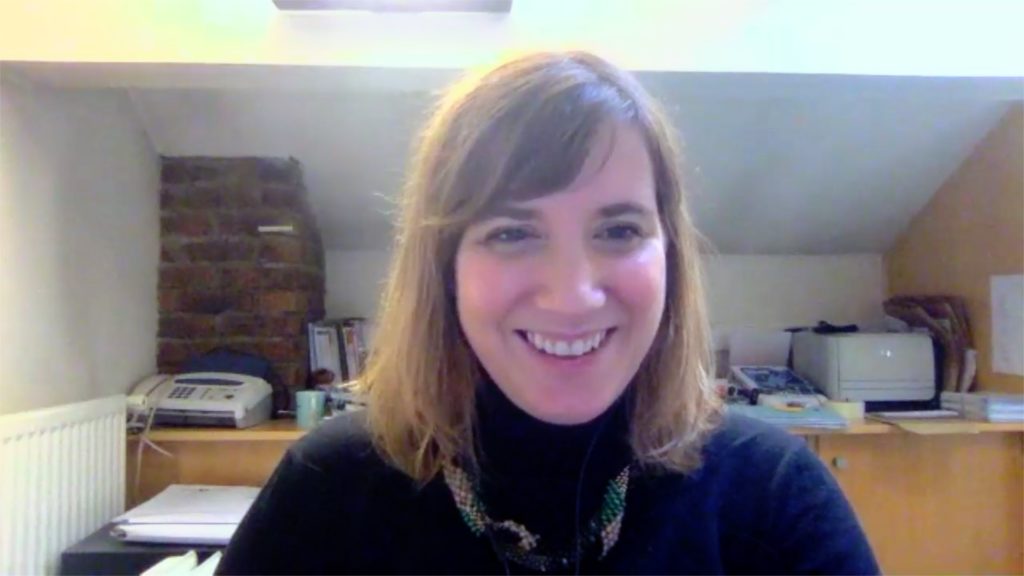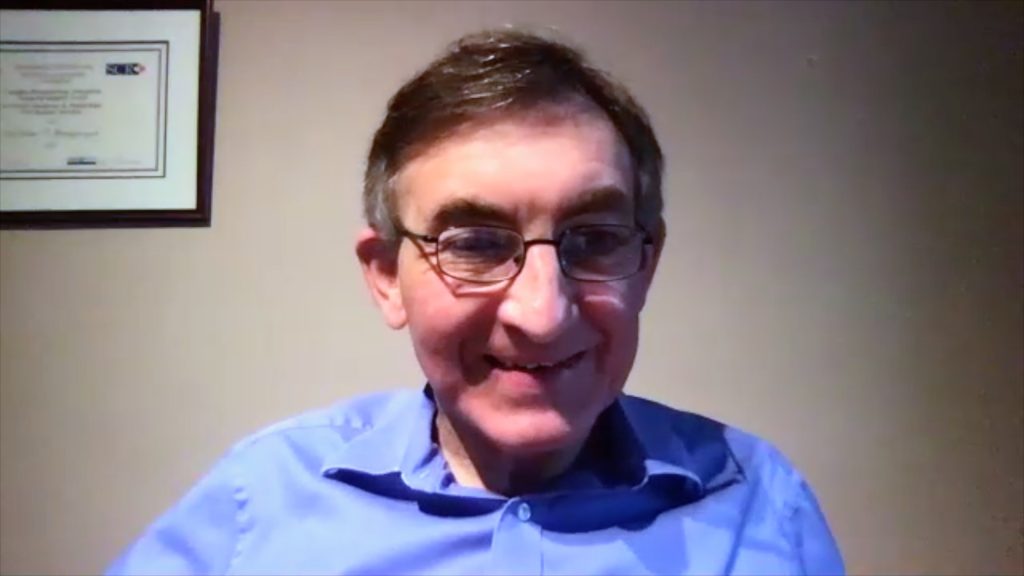Bimekizumab, a monoclonal IgG1 antibody that selectively inhibits both IL-17F and IL‑17A, was recently investigated in the phase 3 BE MOBILE 1 (NCT03928704) and BE MOBILE 2 (NCT03928743) clinical trials for active non-radiographic axial spondyloarthritis and ankylosing spondylitis, respectively. touchIMMUNOLOGY were delighted to speak with Dr. Xenofon Baraliakos (Ruhr-Universität Bochum, Bochum, Nordrhein-Westfalen, Germany) to discuss the rationale for the use of bimekizumab in these indications, and the efficacy and safety findings of the BE MOBILE 1 and 2 studies at 52 weeks.
This information is brought to you by Touch Medical Media and is not sponsored by, nor a part of, the American College of Rheumatology.
The abstract ‘Bimekizumab Maintains Improvements in Efficacy Endpoints and Has a Consistent Safety Profile Through 52 Weeks in Patients with Non-Radiographic Axial Spondyloarthritis and Ankylosing Spondylitis: Results from Two Parallel Phase 3 Studies.‘ (Abstract number: L14) was presented at the ACR Convergence, November 10–14, 2022.
Questions
- What is the rationale for the use of bimekizumab in the treatment of patients with active non-radiographic axial spondyloarthritis and ankylosing spondylitis? (0:26)
- Could you give us a brief overview of the BE MOBILE 1 and 2 studies and their primary findings? (2:10)
- What have been the efficacy and safety findings at 52 weeks? (3:20)
- If approved, what will be the clinical impact of bimekizumab in this indication? (6:34)
Disclosures: Xenofon Baraliakos discloses consulting for: Abbvie, Amgen, Chugai, Eli Lilly, Galapagos, Janssen, MSD, Novartis, Pfizer, Roche, Sandoz, and UCB; receiving grant/research support from: Abbvie, Lilly, and MSD; serving on advisory boards for: Abbvie, Amgen, Chugai, Eli Lilly, Galapagos, Janssen, MSD, Novartis, Pfizer, Roche, Sandoz, and UCB; receiving honoraria/honorarium from: Abbvie, Amgen, Chugai, Eli Lilly, Galapagos, Janssen, MSD, Novartis, Pfizer, Roche, Sandoz, and UCB; and participating in speaker’s bureaus with: Abbvie, Amgen, Chugai, Eli Lilly, Galapagos, Janssen, MSD, Novartis, Pfizer, Roche, Sandoz, and UCB.
Support: Interview and filming supported by Touch Medical Media Ltd. Interview conducted by Victoria Jones.
Filmed in coverage of the ACR Convergence 2022.




